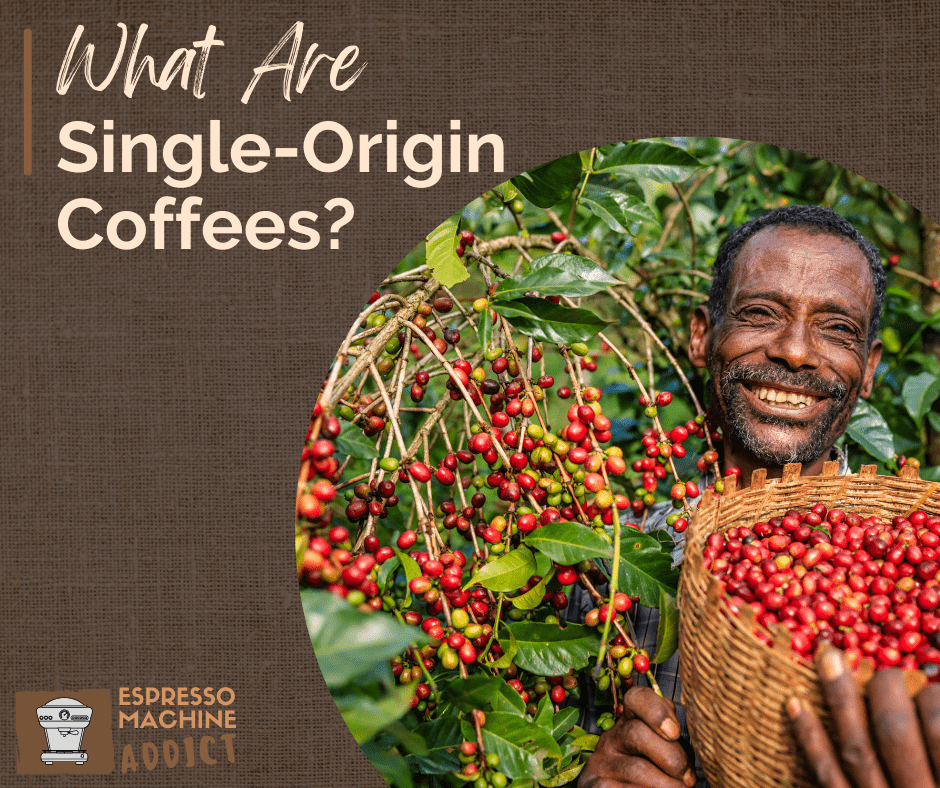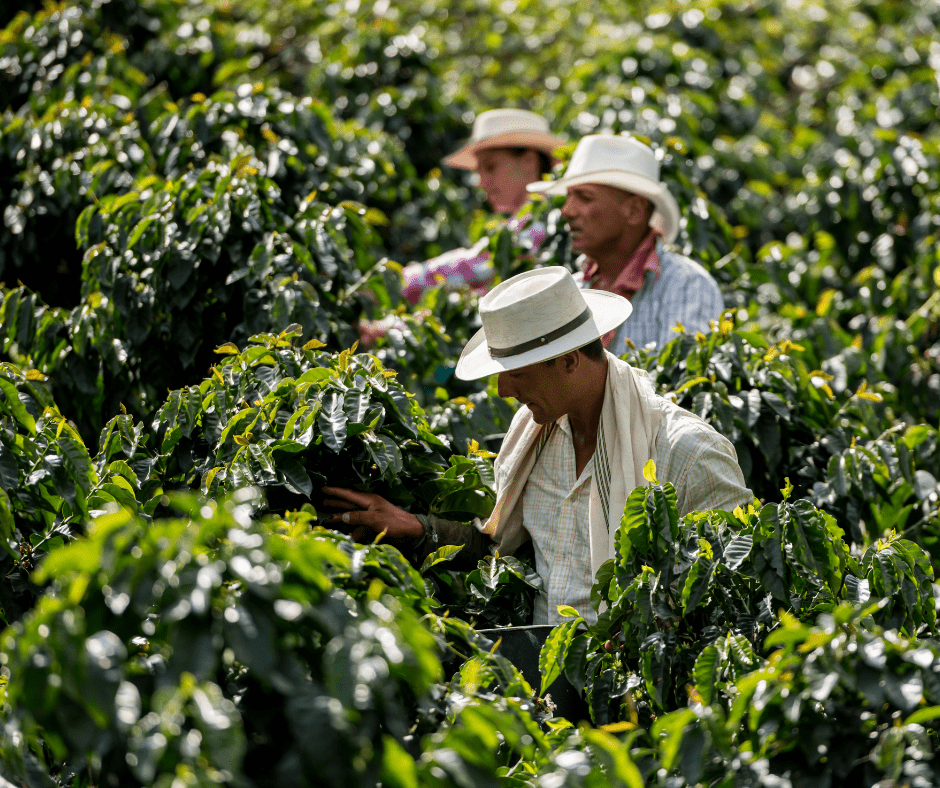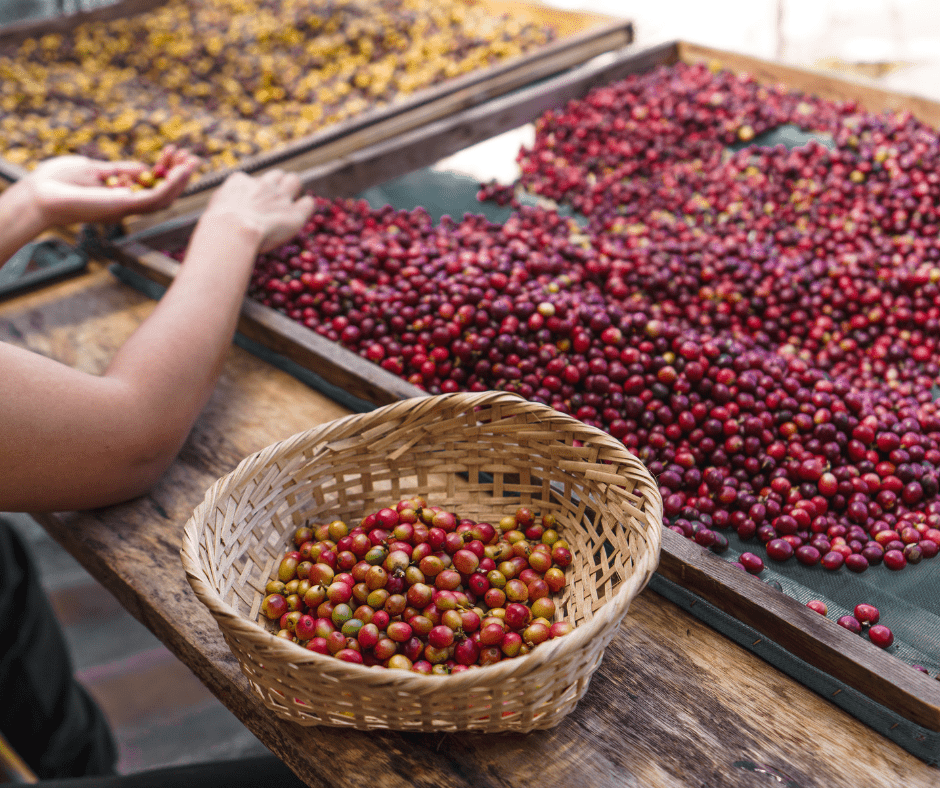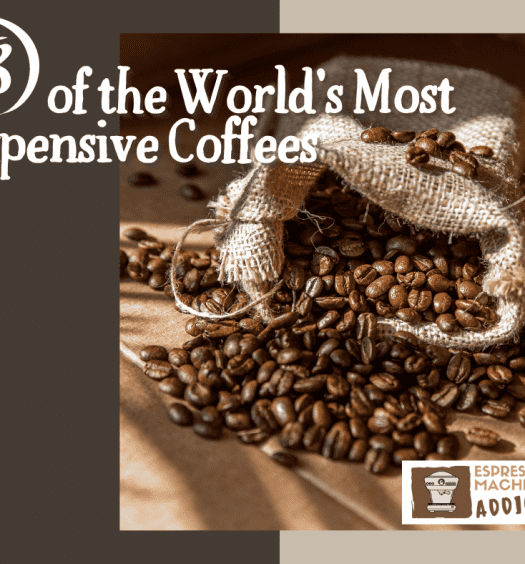Whether you want a cup of quality coffee from a café or are looking for some specialty coffee beans for home brewing, it’s easy to get overwhelmed by choice. One major decision is whether you want a single-origin coffee. Are single-origin coffees better? Is there something special about single-origin coffee beans? Does it make no difference at all?
Fortunately, learning more about single-origin coffees makes it easier to figure out what type of beans or drinks are right for you. Here’s a closer look at single-origin coffees, including what they are, whether they offer any benefits and more.
What Is Single-Origin Coffee?
Single-origin coffee beans come from a specific part of the planet, usually a particular country or a coffee-growing region. Essentially, it means all of the beans in that individual bag or can, or used to create a single cup of coffee at a café, come from the same place.
However, other unique characteristics of single-origin coffees can differ. For example, you can find a variety of roasts if you’re shopping for single-origin coffee beans. Additionally, you might find unique flavor options, such as the addition of spices. The only trait inherently defined by the term “single-origin” is that the coffee beans themselves are from the stated area. Anything about the coffee doesn’t alter the fact that it’s single-origin.
What Does Single-Origin Mean?
The term “single-origin” simply means that the coffee originates from a particular country or region. Essentially, it’s a nod to where the beans are grown and doesn’t necessarily relate to how the coffee beans are grown, how they taste, how they’re roasted, or anything else.
In some cases, single-origin doesn’t just refer to a specific nation or region. Instead, it means the coffee beans came from just one farm or a small collective of coffee farms or bean growers. This limits the physical area where the beans originate even further.
Similarly, a single-origin coffee may not just come from one specific farm, or collective; it might be from one particular crop or lot. Essentially, that’s the smallest “region” one can generally achieve when producing single-origin coffee.
What Is the Difference Between Blends and Single-Origin?
The most meaningful difference between coffee blends and single-origin coffee is where the beans are sourced. Coffee blends can have beans from multiple countries or different regions together. Single-origin coffees are restricted to a single country or region. Otherwise, it’s not considered single-origin.
The distance between the various regions represented in the blend can vary slightly with coffee blends. Some may have coffee beans from nearby countries, while others may include beans from nations on different continents.
A potential difference between some single-origin coffees and coffee blends is availability. Coffee growing and processing is often seasonal, so single-origin coffees aren’t necessarily created year-round. With coffee blends, a manufacturer could have a longer production season, as they aren’t reliant on the limited availability of coffee beans from a single area. As a result, they can plan their production schedule based on what’s available and when.
However, once coffee beans (or ground coffee) are processed and bagged, it has a reasonably long shelf life. As a direct trade off result, there’s less of an issue getting some more widely produced single-origin coffee beans as a consumer all year-round.
You’ll also experience some flavor profile differences if you directly compare a single-origin coffee to a blend. That’s primarily because the two products don’t contain the same composition when it comes to the beans used.
However, two single-origin coffees can also have flavor differences, including if they come from the same country or region. That’s because unique differences during the growing cycle – such as weather or soil quality – do play a role, so single-origin coffees will also taste differently from one another if they’re not the exact same product from the same farm or lot with the beans getting harvested, roasted, and otherwise handled before bagging.
What Are the Benefits of Single-Origin Coffee?
If you’re concerned about coffee quality or hoping for an especially balanced cup, you might wonder if going with a single-origin coffee is the better choice. Additionally, you may have similar questions about single-origin espresso.
Ultimately, it’s critical to remember that “better” is a subjective term. People experience flavors and aromas differently, so what appeals to one person might be less enticing to another. Still, single-origin coffee does have some features that could help it stand out.
Is Single-Origin Coffee Better?
As mentioned above, “better” is a subjective description. However, single-origin coffee has some benefits you might not get with coffee blends.
Since the beans come from one country or region, single-origin coffee lets you experience the flavor profile that’s present in that one area. Various flavor profiles, notes and aromas from those beans are potentially more distinct as they aren’t mixed with other types of coffee. As a result, you might have an easier time getting coffee with a particular profile than if you try your luck with blends.
With single-origin coffee, you also know where the beans are coming from, and that’s beneficial to some. It could be a chance to support a particular region or simply have a greater appreciation for those individual beans. However, these benefits are intrinsic.
In some cases, single-origin coffees are more environmentally-friendly or sustainable. Additionally, some companies that sell single-origin coffee make other socio-economic commitments, such as guaranteeing fair compensation to their growing partners. Again, this may bring some peace of mind, particularly if you’re eco-conscious or want to ensure that coffee farmers are earning a fair price for what they deserve.
Still, some coffee drinkers may enjoy coffee blends, too. Ultimately, it’s a personal decision. Still, with that being said, single-origin coffees are worth exploring, particularly if you’re looking for unique flavor notes that you aren’t necessarily getting with coffee blends.
Do Single-Origins Make a Better Espresso?
As with coffee, single-origin beans for espresso aren’t inherently “better.” Instead, they’re a chance to explore unique regional flavors without interference from beans from other parts of the world. Also, some single-origin coffee brands are more ecologically and socio-economically conscious, which some consumers may prefer.
However, taste preferences are highly personal. As a result, everyone may like different types of espresso beans, including blends.
How Can You Tell If Coffee Is Single-Origin?
Generally, you can find out if a coffee is single-origin simply by looking at the packaging. Being a single-origin coffee is a feature that most processors or manufacturers want to advertise. As a result, it will let you know if all of the beans are from the same country, region, collective, or farm because it helps differentiate that coffee from others on the market.
Similarly, at a café, you’ll usually see advertising or notes on the menu that tell you if a coffee is single-origin. If that information isn’t presented, you could ask an employee about the origins of the coffee beans. However, if it’s not openly listed as single-origin coffee, the odds are high that it’s a blend.
Single-Origin Coffee Countries
Papua New Guinea
Coffee from Papua New Guinea is a treat for a smooth coffee experience without much acidity and hints of earthiness and spiciness. There are also fruity notes and touches of chocolate, and it’s reasonably full-bodied. Some even have some floral or wine notes, which are incredibly intriguing.
If you want to experience the unique flavors, Java Planet’s Papua New Guinea Organic coffee is worth trying.

Guatemala
Coffee farmers in Guatemala produce beans with a balanced flavor profile with bits of brightness and some acidity. Along with citrusy, fruity, or similar sweet notes, you’ll usually get a bit of nuttiness and touches of chocolate. Often, there are some floral notes, as well, which is an interesting counterpoint to the richness you’ll otherwise experience.
For a Guatemalan single-origin coffee, Guatemala Antigua by Volcanica Coffee Company is a nice starting point.
Ethiopia
Coffee producers in Ethiopia are known for growing coffee with distinct floral and berry notes, giving it a softness or sweetness while still being robust. There’s often a hint of wine flavor, but it’s also low acidity, making it very drinkable. Essentially, it’s milder than some alternatives, but the variety of flavor notes keeps it exciting.
If you’re curious about Ethiopian coffee, the Barrie House Ethiopian Yirgacheffe is a great place to begin that journey.

Colombia
Colombian coffee is known for its chocolatey and nutty notes and a slight herb flavor that you don’t find in many other coffees. There’s a bit of spiciness to the coffee that invigorates the palate, but that’s offset a little by fruitiness, giving it a sense of balance without being boring.
For Colombian coffee, Arabica Selection Colombia by Illy is an option to consider, as it’s smooth while hitting all of the right flavor notes.
Sumatran
Originating from Indonesia, Sumatran coffee is a robust, velvety coffee with noticeable strength. It’s both spicy and earthy, featuring notes of tobacco and chocolate. Ultimately, it’s incredibly bold and not overly bright, but the low acidity makes it a comfortable option for many.
If you want to explore Sumatran coffee, as well as a few others, Bones Coffee Company’s World Tour pack is an excellent option. Along with Sumatran coffee, it also has Costa Rican, Guatemalan, Colombian, and Ethiopian coffee, allowing you to figure out which single-origin coffee suits you best.



















